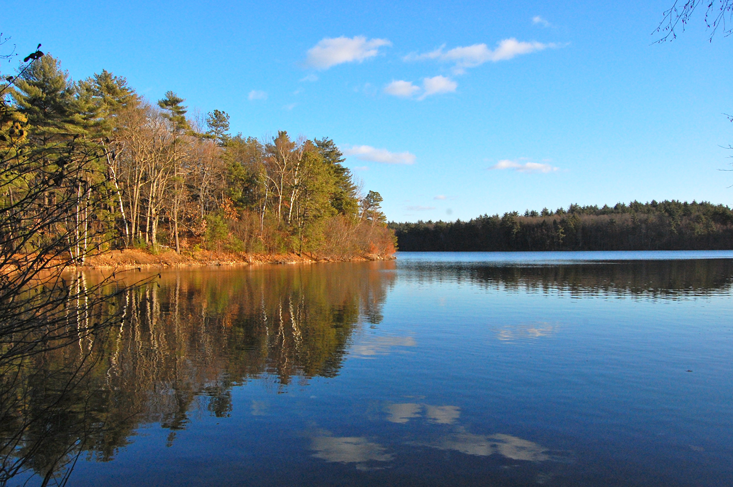Milwaukee Sentinel:
Sarah Whites-Koditschek, WPR
“Watras and Rubsam walk onto frozen Little Rock Lake in Vilas County near their base at the University of Wisconsin’s Trout Lake Station. They are scientists for the University of Wisconsin-Madison’s Center for Limnology and the state Department of Natural Resources.
After decades of water sampling on Little Rock Lake and two other nearby lakes, Watras concluded that climate change is causing fluctuations in the level of dangerous methylmercury in the environment. That finding added to the list of negative effects of climate change, which include making storms more powerful, increasing the Earth’s temperature and causing polar ice to melt, which causes sea levels to rise. Watras discovered that accumulations of the toxin in fish fluctuate as water cycles driven by climate change raise and lower lake levels. When the water levels go up, Watras found, levels of mercury can increase to unsafe levels in walleye, one of the state’s most prized game fish. When levels go down, concentrations in walleye go down to levels considered safe by the Environmental Protection Agency...
Mark Brigham, a hydrologist at the U.S. Geological Survey in Mounds View, Minnesota, said fluctuating mercury levels could make it harder to know whether fish are safe to eat. People who fish could easily underestimate or overestimate the risk at any given time. “It’s entirely possible that people, when they look at the fish consumption advisories for a given lake, they could be looking at advice that’s out of date or doesn’t reflect current conditions in the lake,” Brigham said.”





















